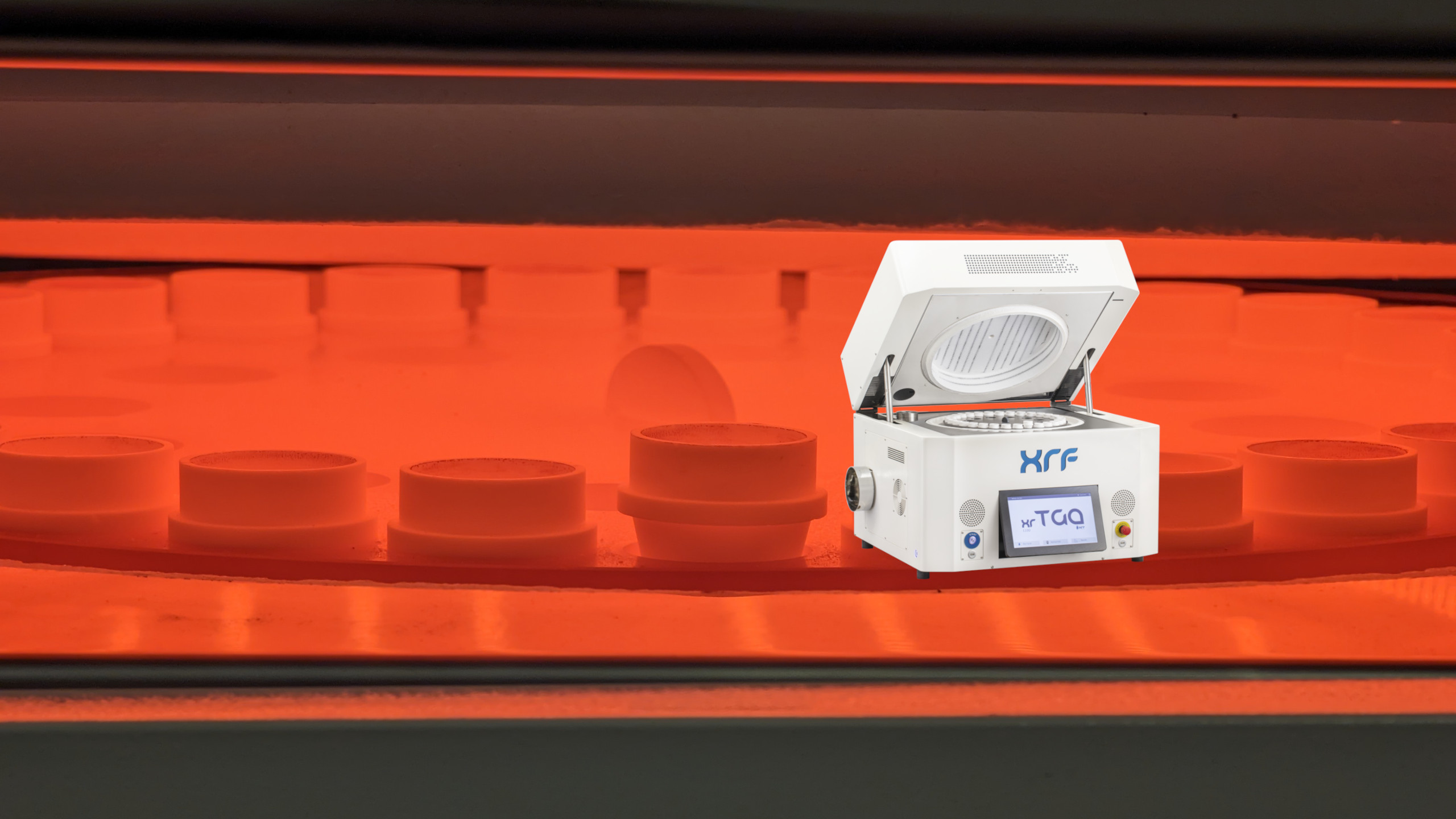Interpreting results from TGA instruments
Thermogravimetric analysis (TGA) is a cornerstone in material characterization, offering a microscopic lens into the stability and composition of materials under thermal stress. This technique, pivotal for scientists and engineers, hinges on measuring mass change as a sample undergoes controlled heating or cooling. The interpretation of TGA results is not just about observing weight fluctuations; it’s about understanding a material’s story as it unfolds with temperature.
The Mechanics of TGA Instruments
At the heart of a TGA instrument lies a sample crucible, balanced and housed within a furnace where the thermal transformation occurs. As the temperature escalates or descends, the TGA records the sample’s mass, offering insight into decomposition, stability, or longevity. The environment is scrupulously managed by a purge gas, ensuring the sample’s tale is not tainted by external variables.
Deciphering TGA Curves
The TGA curve is a graph that demonstrates a material’s thermal properties. With the X-axis marking time or temperature, each curve is a unique fingerprint, revealing the thermal history and stability of polymers and other materials. When batches of the same material type are overlaid in a TGA plot, the slightest deviations become evident, underscoring TGA’s role in quality assurance and control.
Tips for Interpreting TGA Curves
Interpreting TGA curves is a nuanced process that requires not only a fundamental understanding of the technique but also acute attention to the subtleties within the data. Artifacts in TGA are essentially data distortions that do not originate from the sample’s behavior but from external factors. These can significantly skew results if not properly identified and adjusted for. One common artifact is the buoyancy effect, where changes in the density of the surrounding gas due to heating can mimic a change in sample mass. This can lead to an apparent weight gain, typically ranging from 50 µg to 200 µg. To ensure the integrity of the data, these buoyancy effects must be meticulously corrected, often through an automatic blank curve subtraction, which accounts for these discrepancies.

The selection of the crucible is another critical factor in TGA analysis. The crucible must permit the exchange of gases to and from the sample to ensure that the observed mass changes are solely due to the sample’s reactions and not restricted gas flow. An open crucible is generally preferred, but in cases where volatile components might be lost too quickly, a lid with a strategically placed hole can slow down the process, allowing for a more controlled analysis.
The rate of the temperature program is equally pivotal. It must be carefully chosen to provide a detailed thermal profile of the sample while being practical in terms of experimental duration. Rates typically range from 0.5 to 50 K/min, with 20 K/min being a common choice. This rate must be slow enough to capture all transitions but fast enough to be time-efficient. The starting temperature, often set between 25 °C and 30 °C, is crucial for identifying any moisture content that could be lost and mistaken for a thermal transition. The final temperature, which can reach 1000 °C, is selected based on the thermal stability of the material under investigation.
When TGA does not provide a complete picture, other thermal analysis techniques are employed. Differential Scanning Calorimetry (DSC) can offer insights into the heat flow associated with thermal transitions, providing complementary data on endothermic and exothermic events. Thermomechanical Analysis (TMA) can measure dimensional changes in a material as a function of temperature, which can be related to phenomena such as thermal expansion, sintering, or softening.
TGA in Practice
The TGA test is not just about the data it yields; it’s about the decisions it informs. Whether it’s in developing new materials, the assurance of quality in manufacturing, or compliance with environmental standards, TGA analysis is an indispensable tool. It’s a technique that transcends industries, from the refinement of pharmaceuticals to the innovation of petrochemical processes, ensuring that every material can withstand the heat—literally.
Looking for TGA Instruments?
At XRF Scientific, we understand the critical nature of accurate TGA analysis in advancing material science. Our XRTGA-1100 is designed with the experienced professional in mind, integrating seamlessly into the workflow of those who demand precision and reliability. As you seek to interpret the complex stories your materials tell under thermal scrutiny, let our thermogravimetric analyzer be the tool that brings clarity to your results. Visit our product page to discover how the XRTGA-1100 can elevate your material characterization.









